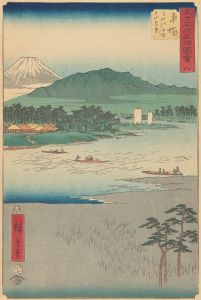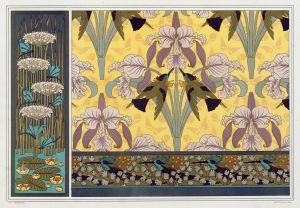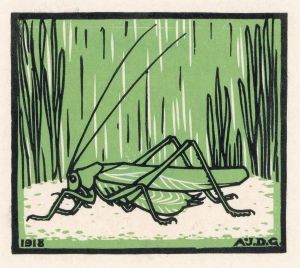
Vilsandi maastik
A hand-painted replica of Konrad Mägi’s masterpiece Vilsandi maastik, meticulously crafted by professional artists to capture the true essence of the original. Each piece is created with museum-quality canvas and rare mineral pigments, carefully painted by experienced artists with delicate brushstrokes and rich, layered colors to perfectly recreate the texture of the original artwork. Unlike machine-printed reproductions, this hand-painted version brings the painting to life, infused with the artist’s emotions and skill in every stroke. Whether for personal collection or home decoration, it instantly elevates the artistic atmosphere of any space.
Konrad Mägi was an Estonian painter known for his vibrant landscapes and expressive use of color. He was a prominent figure in the early 20th-century Estonian art scene and is often associated with the Pallas Art School in Tartu, where he both studied and taught. Mägi's work is characterized by its bold color palette and dynamic compositions, which reflect his interest in both Impressionism and Expressionism.
"Vilsandi maastik" (translated as "Vilsandi Landscape") is one of Mägi's notable works, capturing the natural beauty of Vilsandi, an island in the Baltic Sea that is part of Estonia. Vilsandi is known for its unique landscapes, which include rocky shores, open fields, and a variety of flora and fauna. The island is part of the Vilsandi National Park, which is renowned for its birdlife and natural conservation efforts.
In "Vilsandi maastik," Mägi employs his characteristic style to depict the island's landscape. The painting is distinguished by its vivid colors and dynamic brushwork, which convey a sense of movement and vitality. Mägi's use of color is particularly noteworthy; he often employed a palette that included bright blues, greens, and yellows, which he used to capture the changing light and atmosphere of the Estonian landscape.
Mägi's approach to landscape painting was influenced by his travels and exposure to various art movements. He studied in Paris, where he was exposed to the works of the Impressionists and Post-Impressionists, and he also spent time in Norway, where the dramatic landscapes left a lasting impression on his work. These experiences contributed to his development as an artist and are reflected in the way he approached the Estonian landscape in his paintings.
"Vilsandi maastik" exemplifies Mägi's ability to blend natural observation with emotional expression. His landscapes are not merely representations of specific locations but are imbued with a sense of mood and atmosphere that transcends the literal depiction of nature. This quality has led to Mägi being regarded as one of the pioneers of modern Estonian art, and his work continues to be celebrated for its innovative approach and emotional depth.
Konrad Mägi's legacy is significant in the context of Estonian art history. His work played a crucial role in the development of modern art in Estonia, and he is remembered as a key figure in the country's cultural heritage. Today, his paintings, including "Vilsandi maastik," are held in high esteem and are part of major art collections, both in Estonia and internationally. Mägi's contribution to art is recognized for its unique blend of local and international influences, and his landscapes remain a testament to his artistic vision and skill.













